Your cart is currently empty!
Історико-археологічні досліди Батурина 2020-2021 років
The tenth (2021) Ukrainian-language booklet of the CIUS-sponsored Baturyn project marks the 20th anniversary of the joint Canadian-Ukrainian archeological research of the former capital of the Cossack Hetman state. This booklet presents the results of the 2020–21 excavations and includes over 50 mainly colour illustrations. It focuses on the ‘golden age’ of Baturyn (located in […]
In stock
Description
The tenth (2021) Ukrainian-language booklet of the CIUS-sponsored Baturyn project marks the 20th anniversary of the joint Canadian-Ukrainian archeological research of the former capital of the Cossack Hetman state. This booklet presents the results of the 2020–21 excavations and includes over 50 mainly colour illustrations. It focuses on the ‘golden age’ of Baturyn (located in today’s Chernihiv oblast) during the reign of Hetman Ivan Mazepa (1687–1709), a renowned Cossack statesman who was also unrivalled as builder and generous patron of Orthodox churches and monasteries not only in Ukraine, but also on Mount Athos in Greece and in other countries dominated by the Ottoman Porte.
The 2021 excavations focused on the remnants of two burgher houses as well as Hetman’s granary dating from the early 18th century. These buildings were plundered and razed in 1708, when Baturyn was ravaged by the Muscovite troops of Tsar Peter I who sought to establish Moscow’s strict control over Cossack-ruled central Ukraine. The booklet cites a description of this tragedy in the contemporaneous French newspaper.
The booklet also describes fragmented ceramic stove tiles found at the site of the burnt residence of Hetman Mazepa’s personal secretary, Pylyp Orlyk, dating to 1707–8. Some of the tiles feature the uniquely designed coat of arms of Ivan Mazepa as prince of the Holy Roman Empire, the title bestowed on him in 1707. A comparative analysis is presented of his princely armorial bearings depicted on the computer graphic reconstruction of the Baturyn stove tile and Mazepa’s recently found silver seal as well as a 19th-century German engraving. This analysis provides some important insights into the hitherto little-known aspects of the heraldry, culture, and the Europe-oriented ethos of the Ukrainian Cossack elite in the Hetmanate’s capital.
Additional information
| Weight | 0.144 kg |
|---|---|
| Dimensions | 28 × 22 × 0.4 cm |
| Author | |
| Format | Paperback |
| Language | Ukrainian |
| Pages | 32 |
| Year Published | 2021 |
Only logged in customers who have purchased this product may leave a review.
You may also like…
-

Розкопки у Батурині 2017
$8.95 Add to cart -
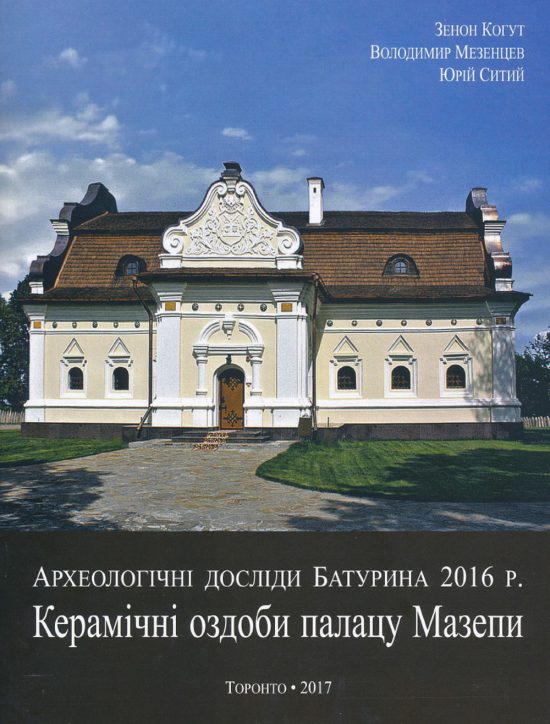
Археологічні досліди Батурина 2016 р.
$8.95 Add to cart -
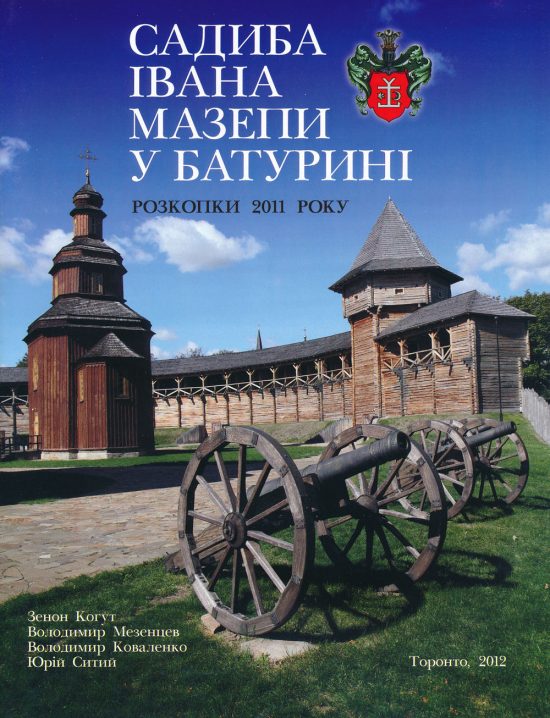
Садиби Івана Мазепи у Батурині
$8.95 Add to cart -
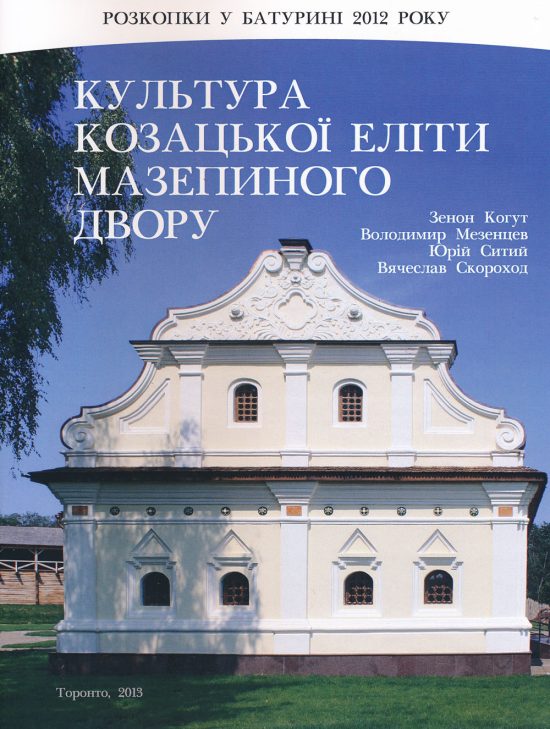
Культура козацької еліти Мазепиного двору
$8.95 Add to cart -

Розкопки у Батурині 2015 року
$8.95 Add to cart -
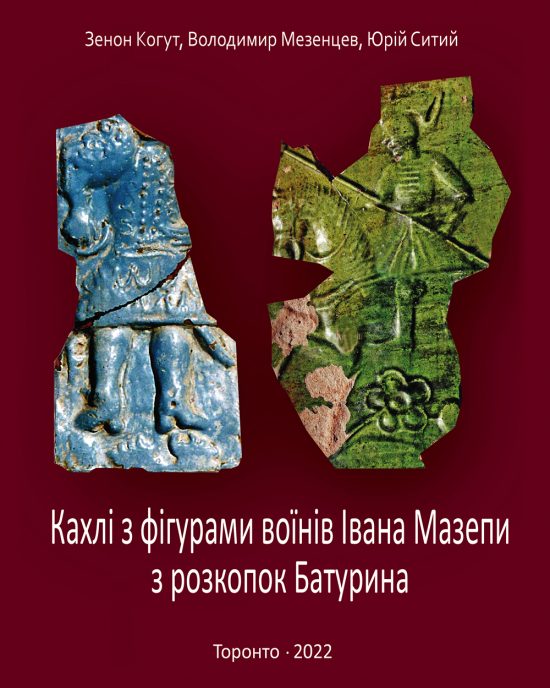
Кахлі з фігурами воїнів Івана Мазепи з розкопок Батурина
$8.95 Add to cart -
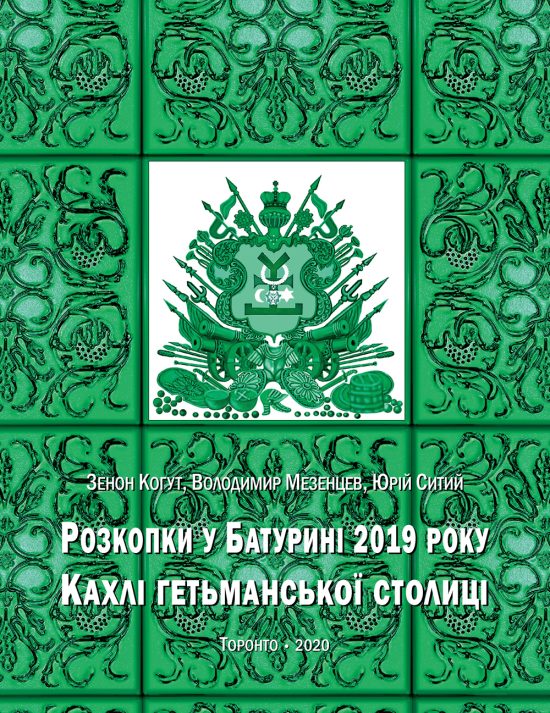
Розкопки у Батурині 2019 року: Кахлі гетьманської столиці
$8.95 Add to cart -
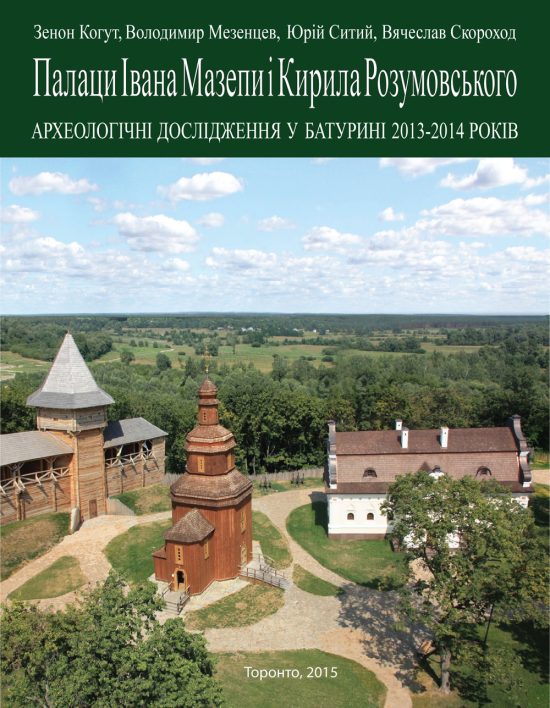
Палаци Івана Мазепи та Кирила Розумовського
$8.95 Add to cart -
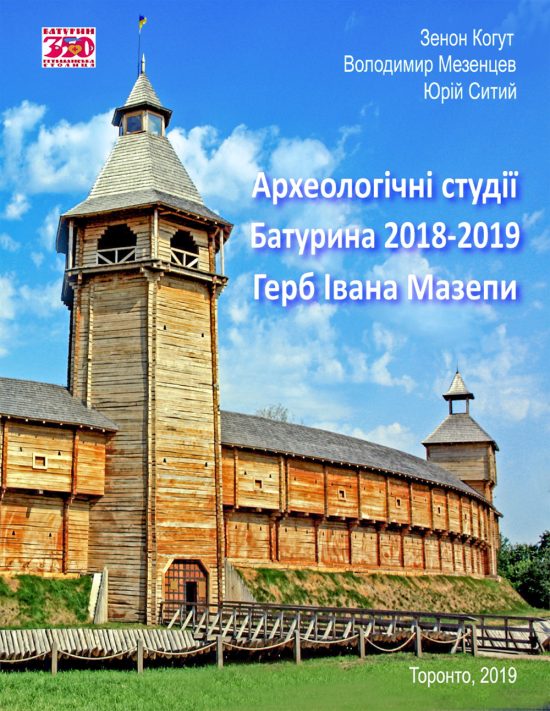
Археологічні студії Батурина 2018-2019
$8.95 Add to cart

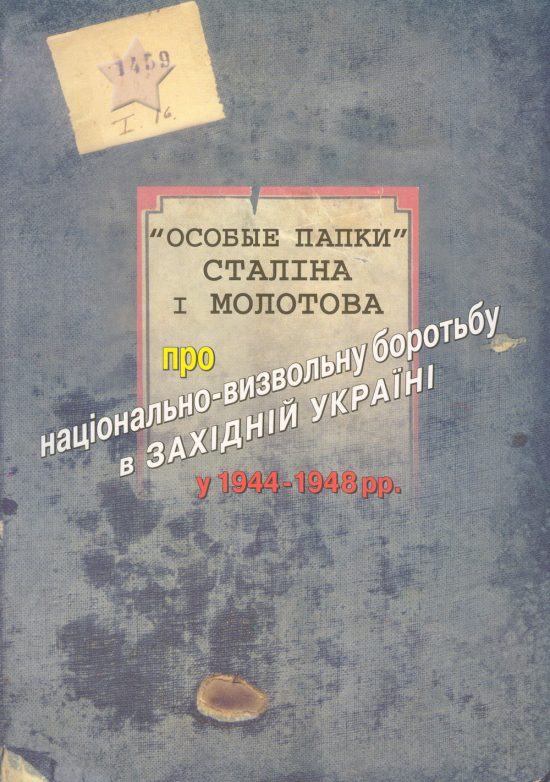
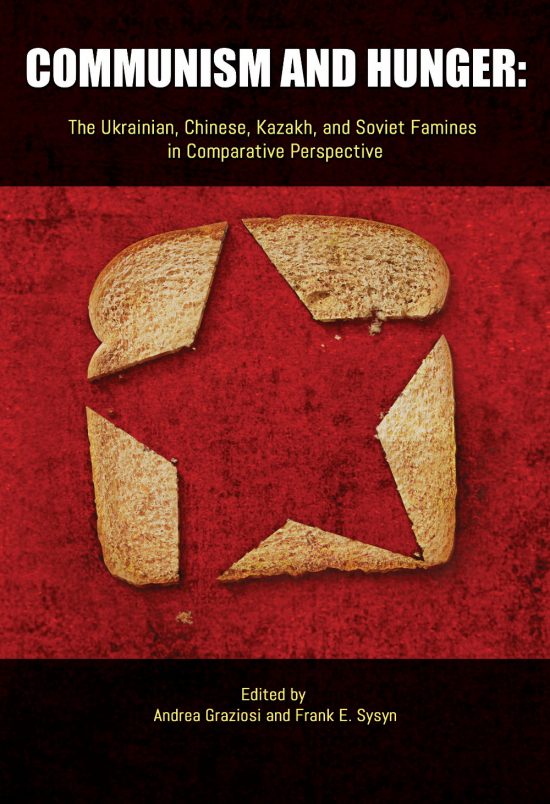
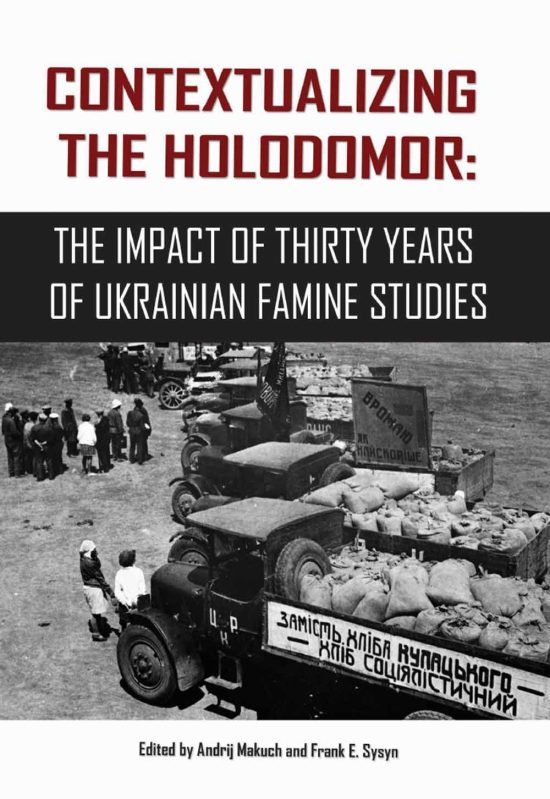
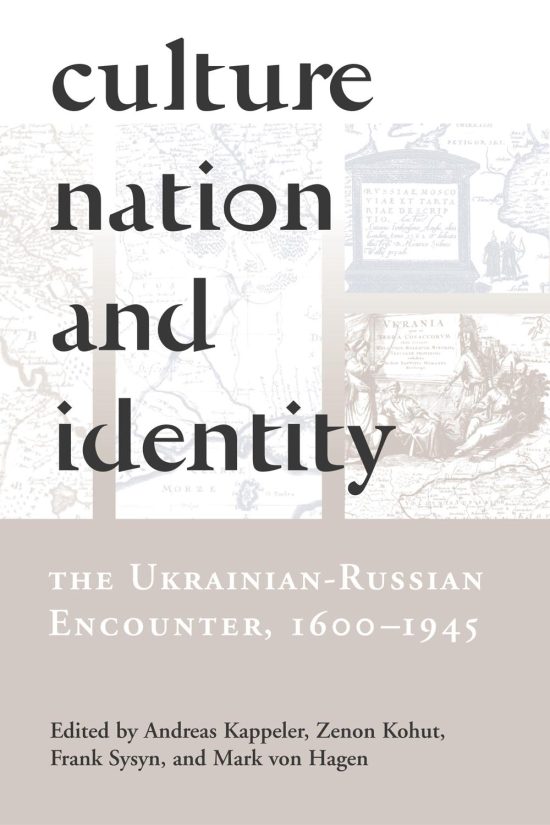

Reviews
There are no reviews yet.